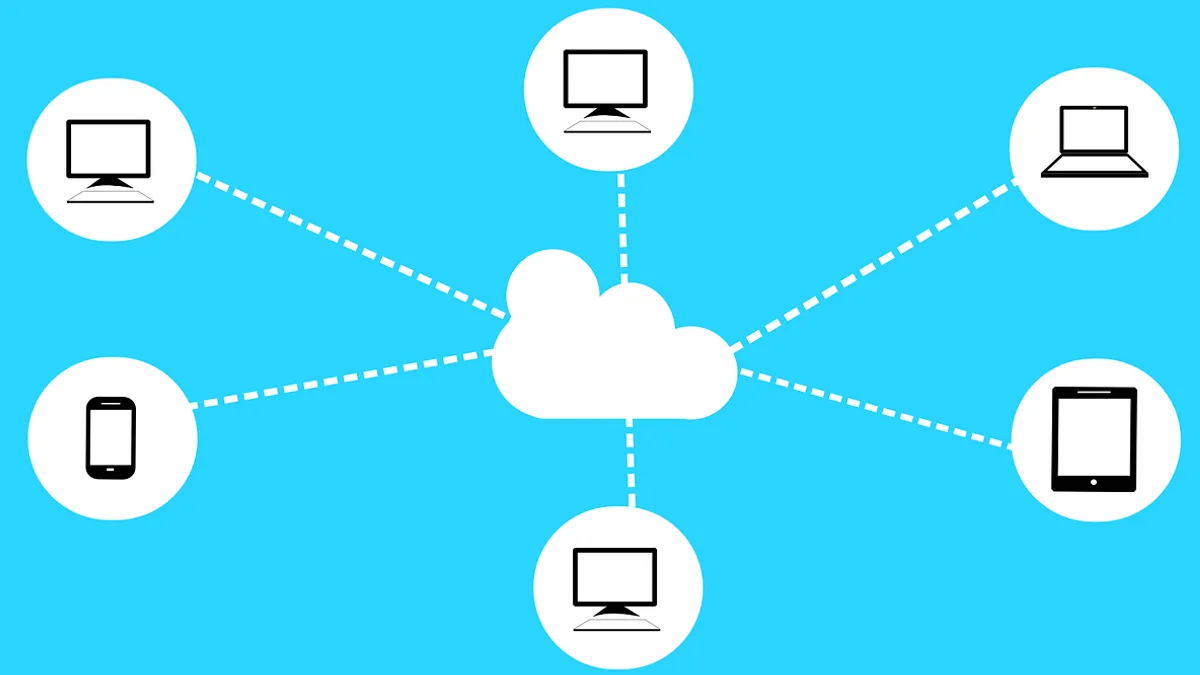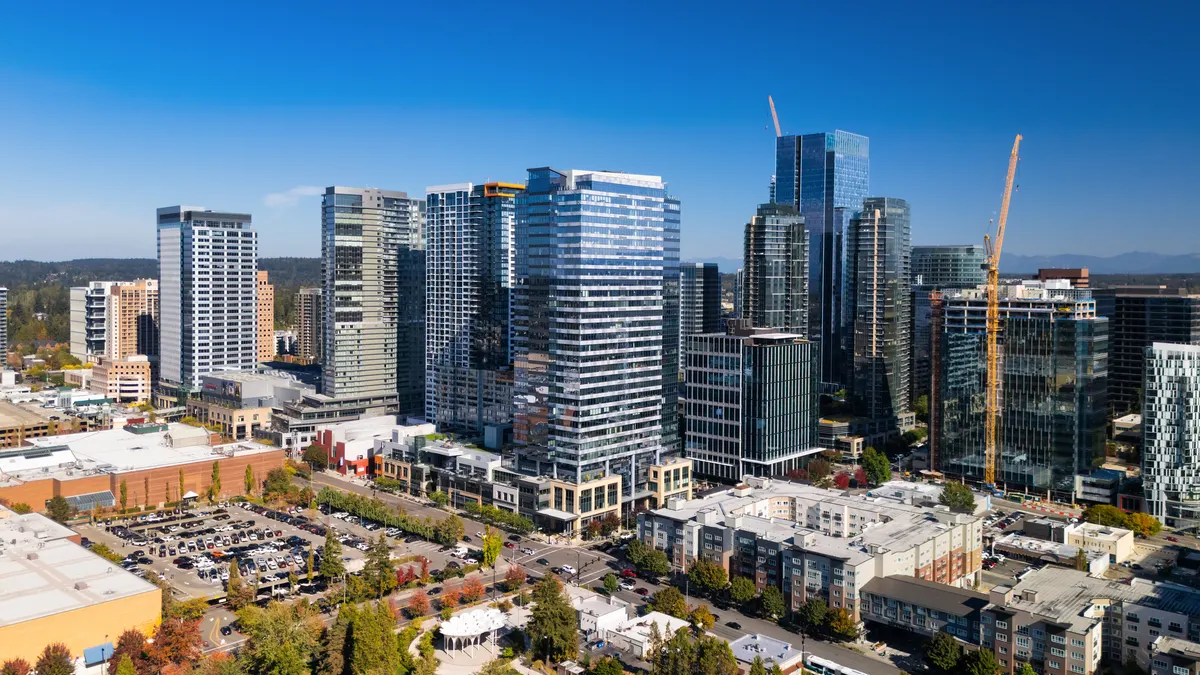Editor's Note: The following is a guest post from Ciaran Dynes, SVP of products at Talend.
More people around the world are city-dwellers today than at any point in history. While cities occupy only 2% of the planet’s land mass, they host 50% of the world's population, consume 75% of global energy produced and generate 80% of global CO2 emissions.
On the horizon, global warming poses new challenges for urban residents, including flooding for coastal cities and poor air quality everywhere.
To meet city-dwellers' changing needs, city planners have to consider new approaches to urban design and maintenance. The good news is that city leaders can use data and technology to improve conditions for residents and maintain and even improve their quality of life. Technology — and more importantly, data — is presenting city leaders with an opportunity to support a more sustainable urban transition by addressing the environmental impact of human and resource management as well as the availability of needs.
Making cities smarter with edge computing
City planners are responsible for optimizing transportation, energy distribution and other residential services. Doing that often involves installing sensors in places like parking lots, public transportation stations, garbage trucks and urban lighting systems. All of those sensors generate huge volumes of data and provide vast amounts of information on inhabitants' behaviors.
In recent years, edge computing has helped city agencies become more agile in providing services. In edge computing, data can be stored and processed in the cloud or other decentralized locales. That allows agencies to process and analyze large amounts of data quickly, closer to where the data is generated.
A great example of how smart cities are harnessing edge computing is in the area of traffic management. Connected car startups use edge computing to offer information that lets cities analyze real-time automotive data. This data yields better real-time predictions and accuracy on routings, helping to reduce congestion by routing vehicles away from high-traffic areas. The rich data supply can also be used to help urban planners design roads and cities based on movement.
As cities become increasingly smart, they will continue to evolve to offer new services. For example, in the event of a serious car accident, edge computing could process vehicle data and alert local services to an incident. The ability to do this has, in fact, become a requirement of new cars within the European Parliament.
Edge computing addresses a common challenge for organizations that depend on centralized data centers. As connected devices and services grow, cities run the risk of congestion across their networks. Planners can mitigate these issues by hosting edge computing nodes close to the points where data is generated, thereby allowing greater amounts of data to be processed at the edge. This helps remove barriers to new practices such as autonomous driving.
Looking to Singapore
According to the IMD Smart Cities Index, Singapore is the world's smartest city. Singapore's government is implementing a number of city planning and management practices to digitize urban areas, with continuous investment of at least 1% of GDP (USD 13.6 billion in 2018) into its Smart Nation Initiative and other data-based projects.
As part of the initiative, Singapore has rolled out thousands of sensors to collect data from all areas of the city. The project leverages connected devices at the edge to enable connected first response vehicles and transportation, smart surveillance systems, and digital service platforms for healthcare for the elderly.
As the benefits of smart cities become more widely known, other cities all over the world will be looking for ways to implement edge computing and make use of new data sources.
Committing to big data
Edge systems are well suited to perform the initial processing and analyzing of data. Cities will still need data hubs, either in data centers or the cloud, because data analytics requires a high level of processor and storage capacity. Urban architects should thus plan to build an extendable, scalable and secure architecture that involves edge and cloud resources to ensure security, data quality and effective data management.
Cities must commit to a big data strategy in order to become sustainably smart. Big data can not only lead to a better understanding of how cities work and how their inhabitants behave, but also help organizations remove barriers between departments and operators while creating new services.
Generating data, however, is not enough; data must be accessible for planners and organizations, and it must be accurate and trusted. New digital platforms need to be able to not only collect data at scale, but also create a single point of trust where the data can be quality-proofed, categorized, and protected.
This trusted repository must support integration, sharing, discovery, and governance so that planners can track and trace their data. Cities must recognize that data itself is a valuable commodity, and its value depends on its integrity.
Urban environments face crises all the time, but technology can offer them smart solutions. Documenting and implementing a strong data strategy within city planning that takes advantage of edge computing is an effective approach to help smooth the path to a more connected future.
By taking inspiration from other cities that are paving the way in the digital era, tech-savvy planners need to deploy smart solutions in order to negate the environmental impact of human activity and manage resources effectively for a growing population. Data integrity, speed and trust can serve as the cornerstone foundations that allow the data generated at the edge to support and develop the smart cities of the future.




















